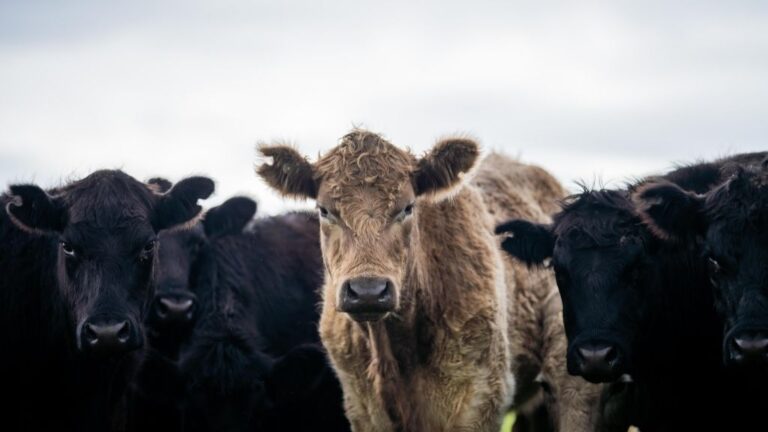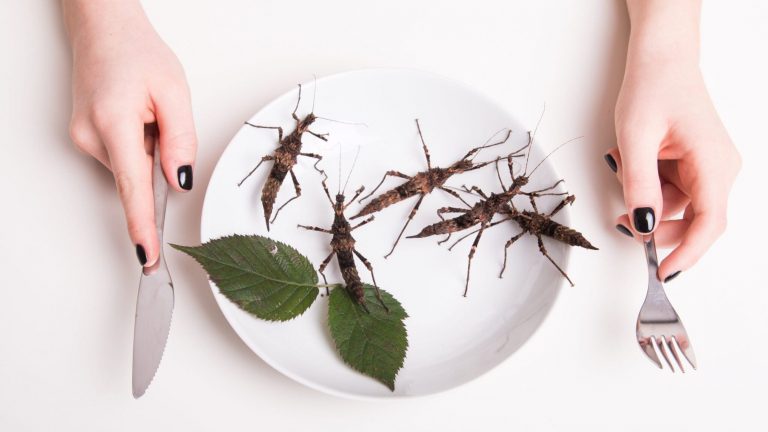There is much to applaud in our current food systems – for most of us in high income countries, there is enough to eat, plenty of choice, and access to healthy foods (if we choose to eat them). Nevertheless, when I look more closely, I believe our food systems are in crisis, with deep underlying problems. They are unhealthy, unequal, unsafe, unsustainable and unstable. I’ve explained in more detail why I see it that way in previous posts.
The diagnosis is important. As with any crisis, being clear on the underlying problems is essential to making positive change. For our food systems, the problems are complex and deeply interconnected with many other issues, including health and the environment.

Our food systems are a cause but also a critical route out of our ill-health
We are facing a crisis of overweight and obesity, which also make us more susceptible to other non-communicable diseases. A recent report by the World Obesity Federation shows that obesity is second only to age in predicting COVID-related deaths. In turn, countries that have higher obesity rates are also disproportionately affected by severe COVID. The report observes that death rates from COVID-19 are ten times higher in countries where more than 50% of the population are overweight.
There is also evidence that poor diets—high in fat, sugar and salt—have a negative effect on our mental health. The pandemic has exacerbated the problem. Reported stress levels have increased over the last year. For example, a poll found that in Canada stress levels had doubled since the start of the pandemic. Those with pre-existing mental health conditions report them worsening during the pandemic. Unhealthy eating has increased. Obesity and mental health are increasingly being described as the next pandemic.
But healthy diets can support longer lives and a lower burden on our health systems to treat diet-related illnesses.
We need to reverse the direction of travel in terms of what and how we eat.
Our food systems are a source of inequality but can also support poverty reduction
We already produce enough food to feed everyone on the planet, but a significant proportion of the population doesn’t have enough to eat, even in high-income countries. The cost of healthy food is relatively high, and so the poorest also suffer from problems of overweight and obesity. This is often referred to as the ‘double burden’ of malnutrition.
Food poverty is underpinned by economic inequality and disproportionately associated with race and ethnicity. Children may suffer most of all, with compounding effects on their overall life chances.
Making changes to our food systems, with more and better food available to all could address some of these problems. Reducing diet-related illness, including chronic diseases and mental ill-health would improve the well-being and the life chances of the most vulnerable. Children in particular have much to gain from improved diets.
We need to think differently about the role of food in our social and economic well-being.
Our food systems are unsafe but changes to our food systems could make them much safer
Foodborne diseases are responsible for a multitude of health problems, ranging from diarrhoea to cancer. Our understanding of the magnitude of the effects of foodborne illness is undermined because of underreporting and limitations in our surveillance systems. Add to that threats from antimicrobial resistance (AMR) and contamination from environmental pollution.
Improving our understanding of foodborne illness will help. Perhaps more importantly, by making changes elsewhere in our food systems, we can reduce or even eliminate some foodborne illnesses altogether, without the need for so much surveillance in the first place. Reducing environmental degradation in our farming practices (and elsewhere), and improving on-farm conditions, for example improving animal welfare, will have virtuous implications for the reduction in contaminants in our soil, waterways and food products. Antimicrobial resistance is also likely to decrease in our livestock populations, and wider natural environment.
We need to improve food safety, by reducing or removing the factors in our food systems that drive many of these problems in the first place.
Our food systems are contributing to rapid and dramatic negative effects on our natural environment and climate, but there are opportunities to halt and reverse these trends
Globally, the agri-food sector accounts for two staggering figures: it is the primary driver of accelerating biodiversity loss, and responsible for 25-30% of global greenhouse gas emissions. Our current approach to converting land for agricultural use has a significant adverse effect in terms of habitat destruction and species loss. Our mostly intensive approach to agricultural production means we consume fewer crop varieties and animal breeds in order to maintain uniformity. We also eat too much meat – livestock farming requires a lot of land but provides too little protein in the process; plant-based proteins require less land to yield more protein and overall greater health benefits.
But there are many opportunities to halt these trends, and our food systems can offer many ways to reverse them, too – including our approaches to agricultural production and to the variety of foods we eat. I’m not talking about endless reformulations of processed foods, but rather reintroducing diversity in terms of the multitude of plants and animals that we consume. Intensive farming still very much has its place, but alternative approaches to agriculture can be increased alongside this to support sustainability objectives.
We need to find ways to diversify our food systems.
Our food systems are unstable, but greater stability is not out of reach
We believe our food systems are robust and secure. But we were ill-prepared for the emergency response required when COVID-19 emerged. The most vulnerable in our society have become more vulnerable and the number of vulnerable has increased. Our approach to supporting them has not kept pace with the unfolding of the pandemic.
The integrity of our food systems has also been compromised and shown to be weaker than we imagined – for example, through a rapid transition to online shopping and increase in new food business operators working out of their homes. The health and environmental crises I’ve already highlighted compound the current and future instability of our food systems.
We need to give our food systems more focused and coordinated attention – by governments, through research and innovation, and in the way we generally think about and experience food. A more holistic and integrated approach could go a long way to tackling the challenges I’ve outlined.
In short, we need resilience in our food systems both to address acute crises through emergency response and longer-term factors that could leave us exposed in future. We need food systems with the capacity to face adversity and remain robust, but also to adapt and change.
There is no doubt that the complex and interdependent features within our food systems and their interactions with other systems such as the environment and health make it difficult to know where to start in terms of addressing the crises that I’ve described above. In my next post I’ll talk about complex problems and how acknowledging complexity can offer opportunities for positive change.






